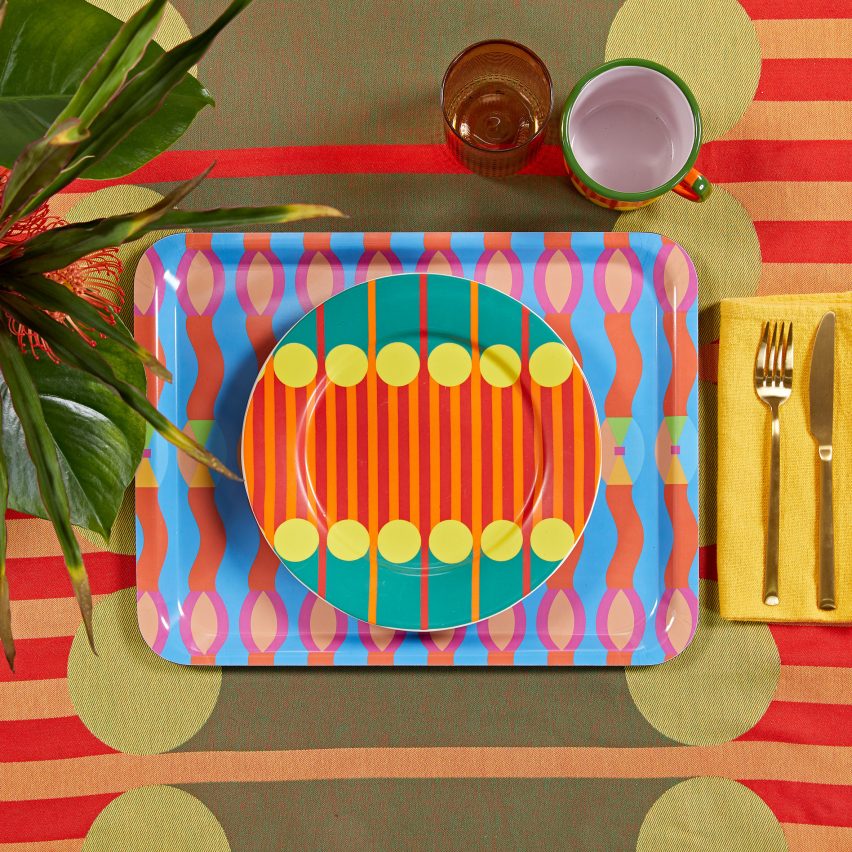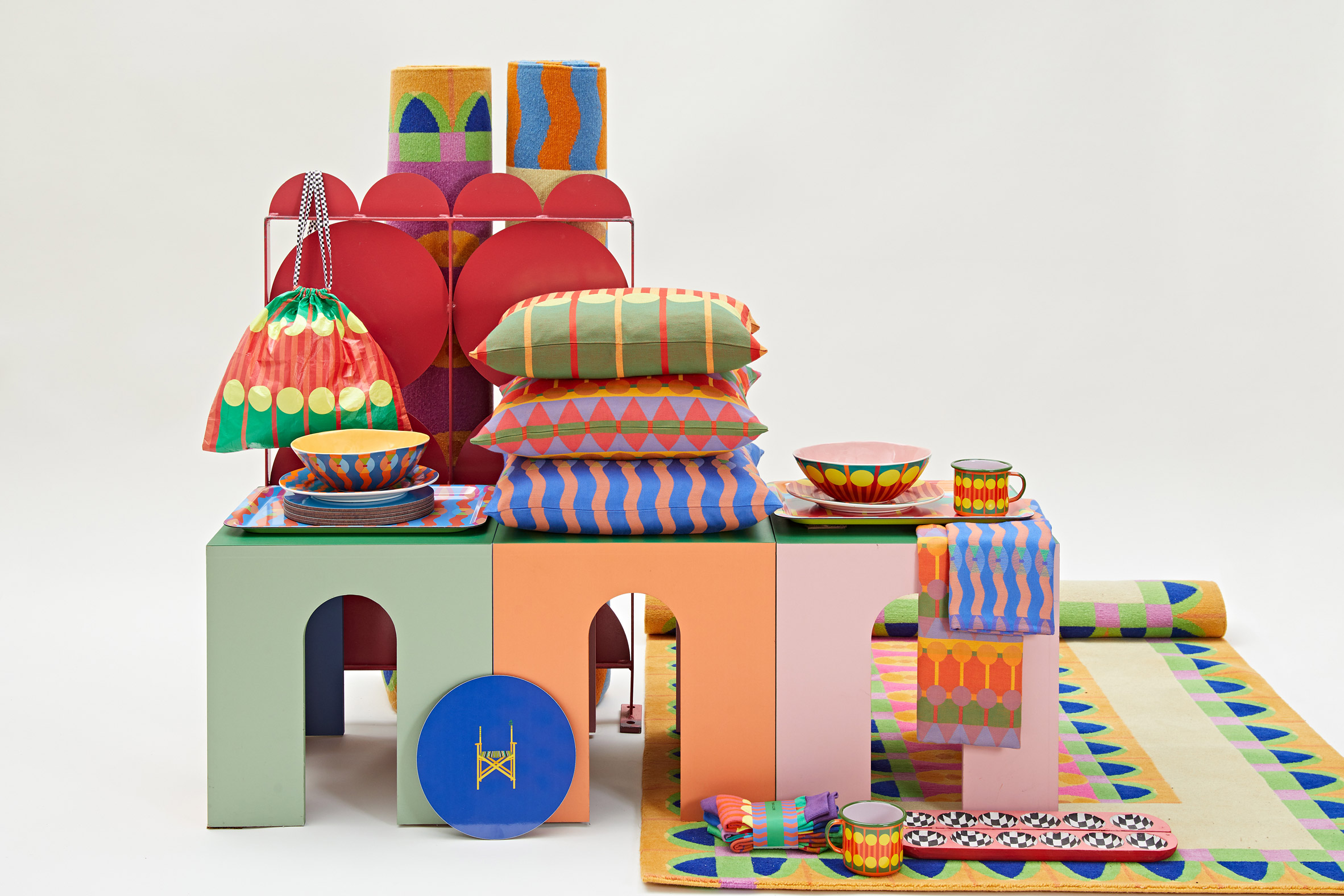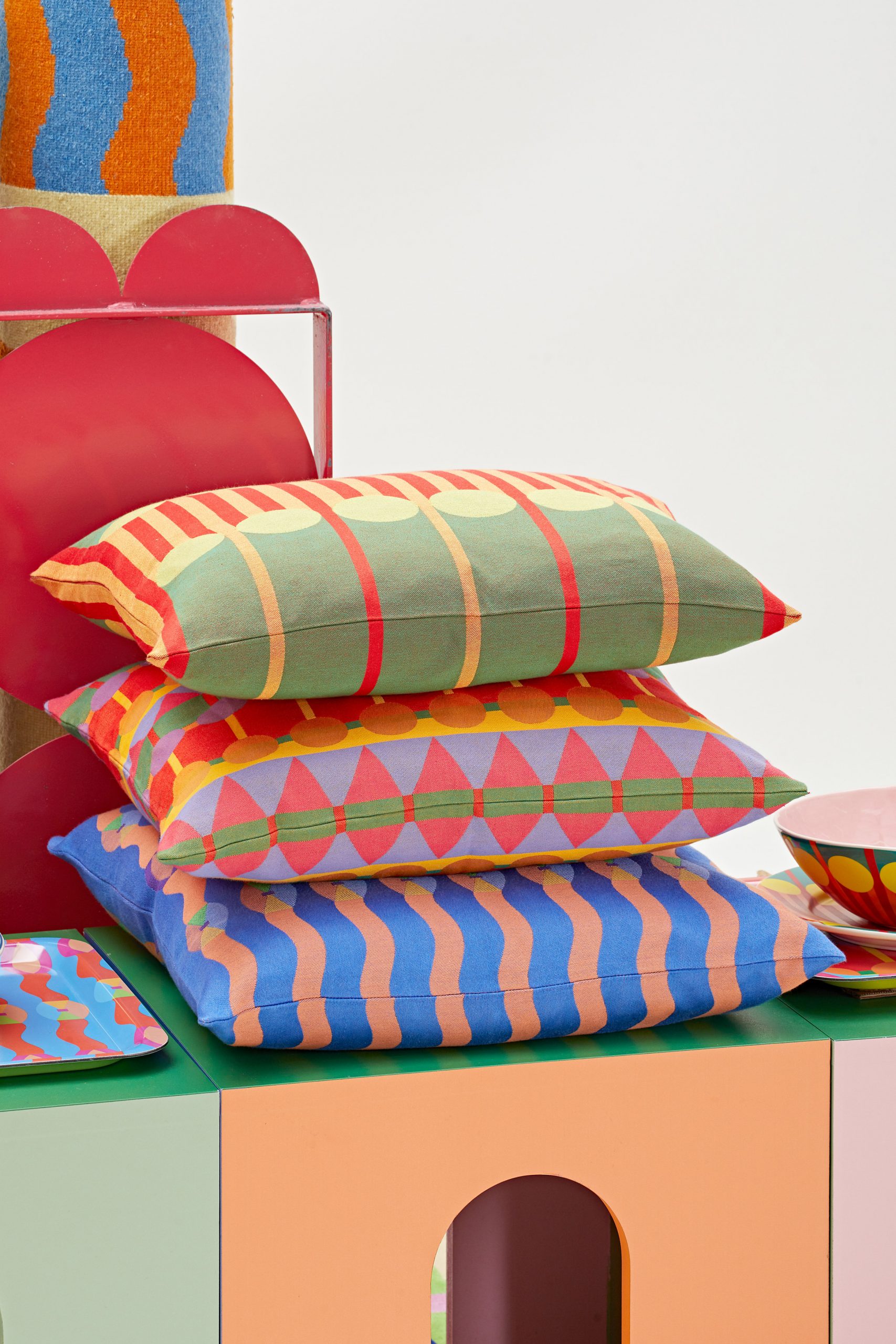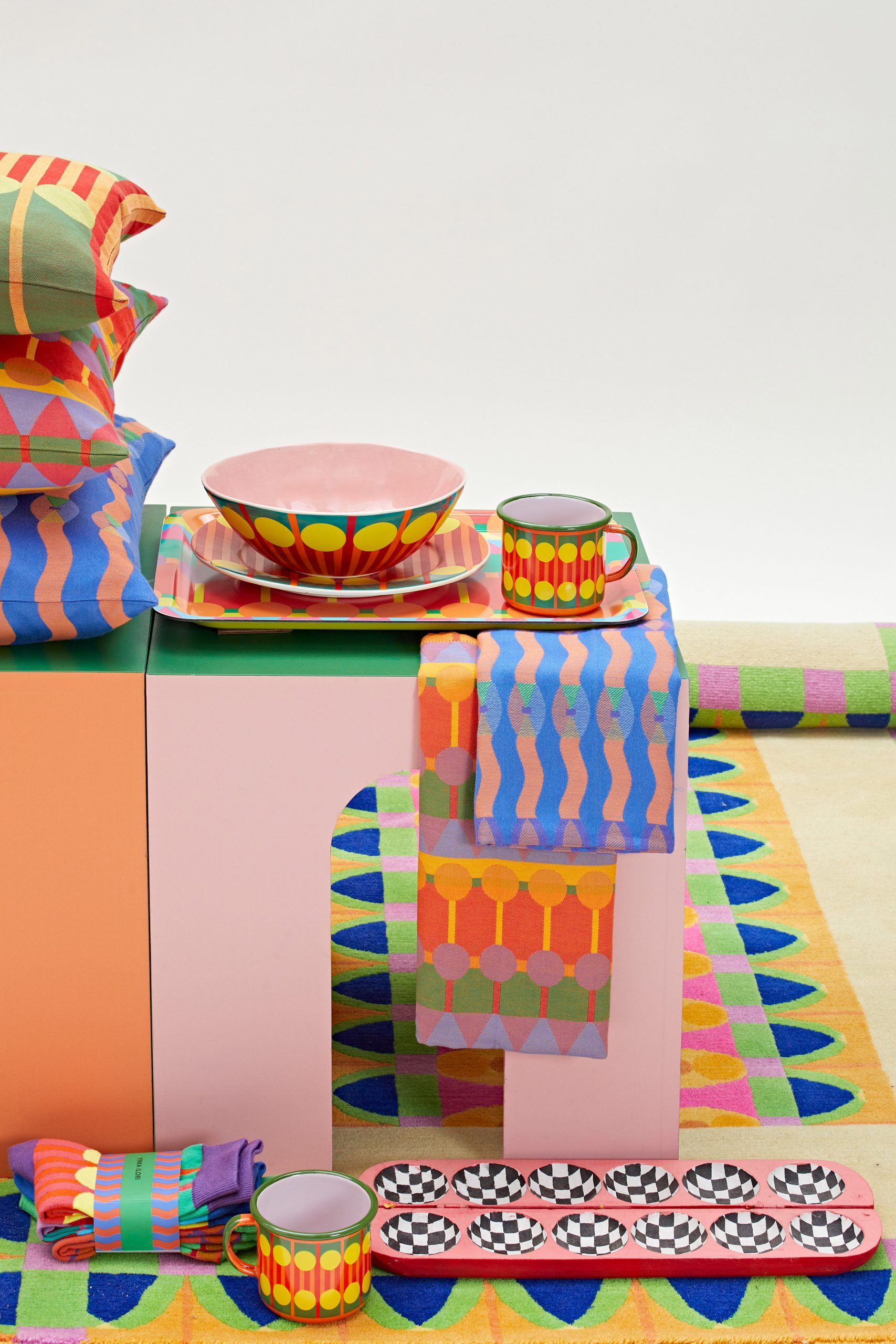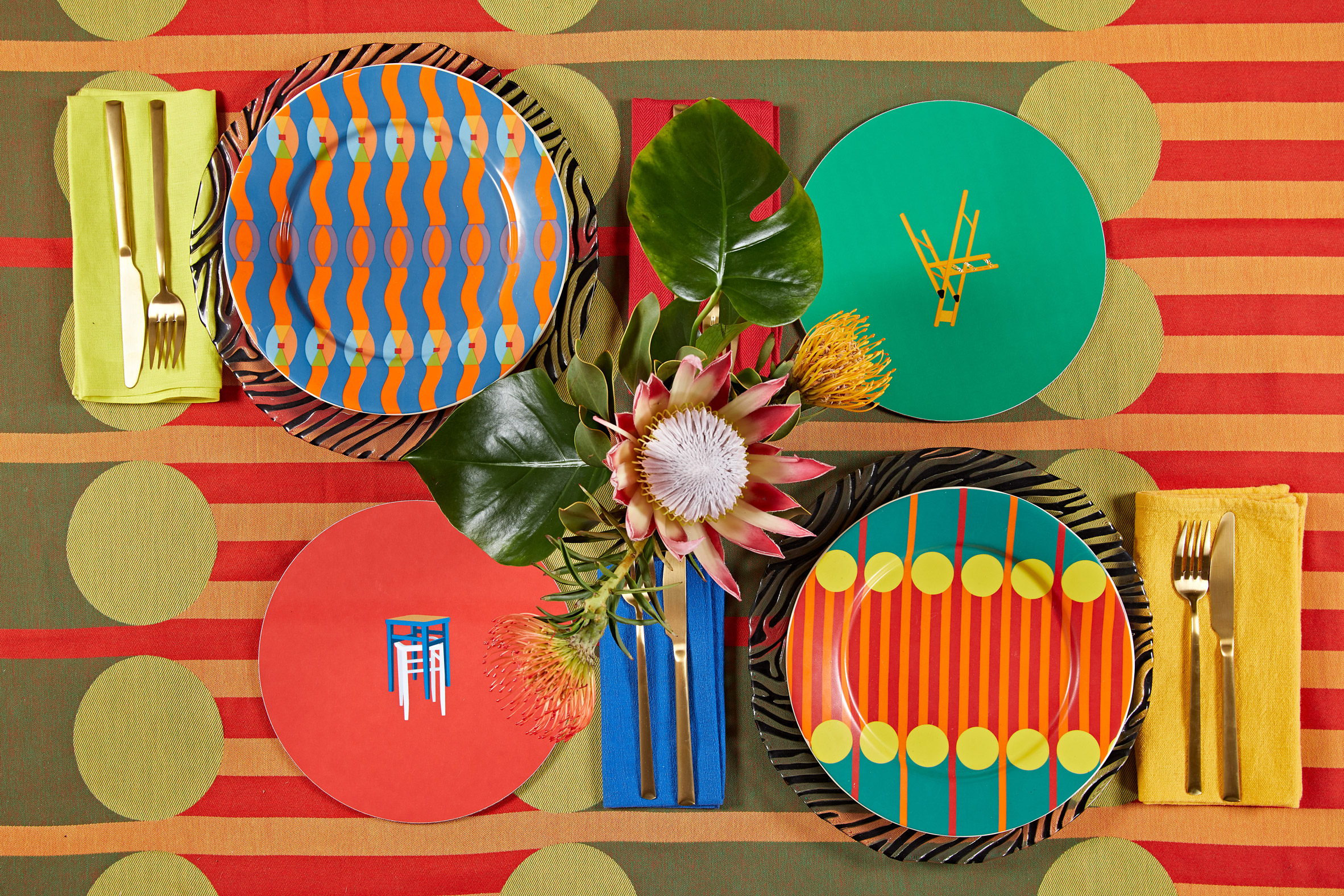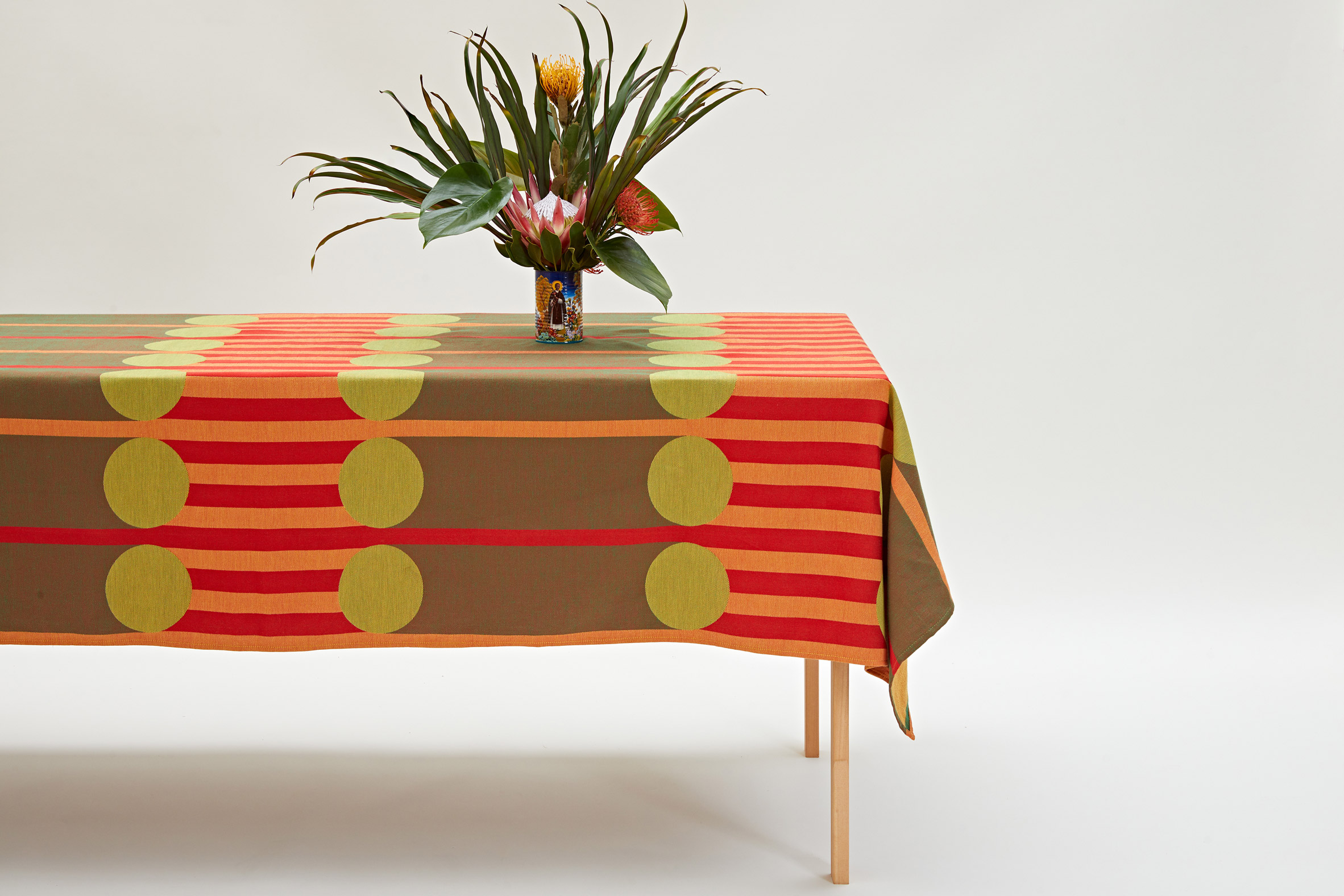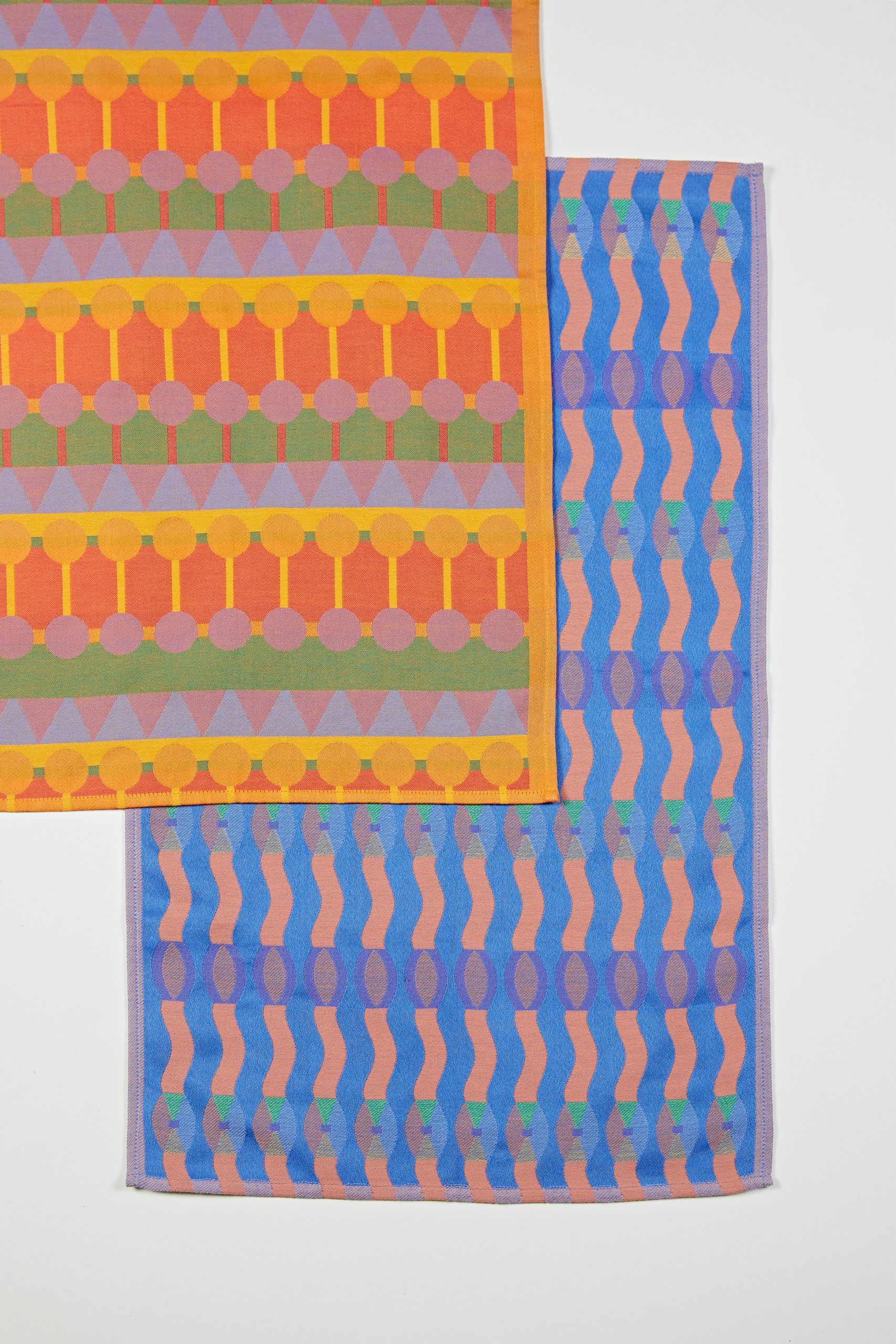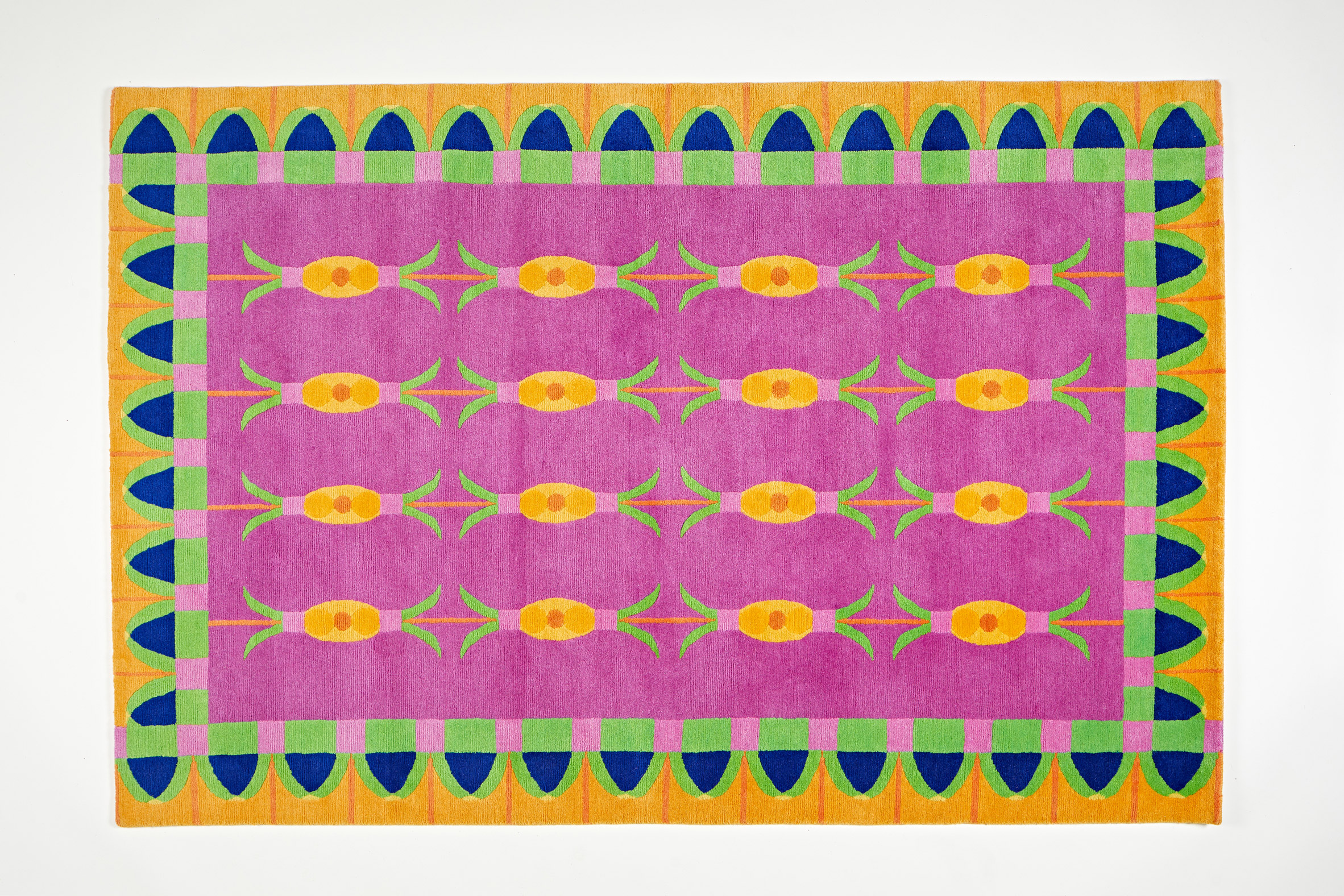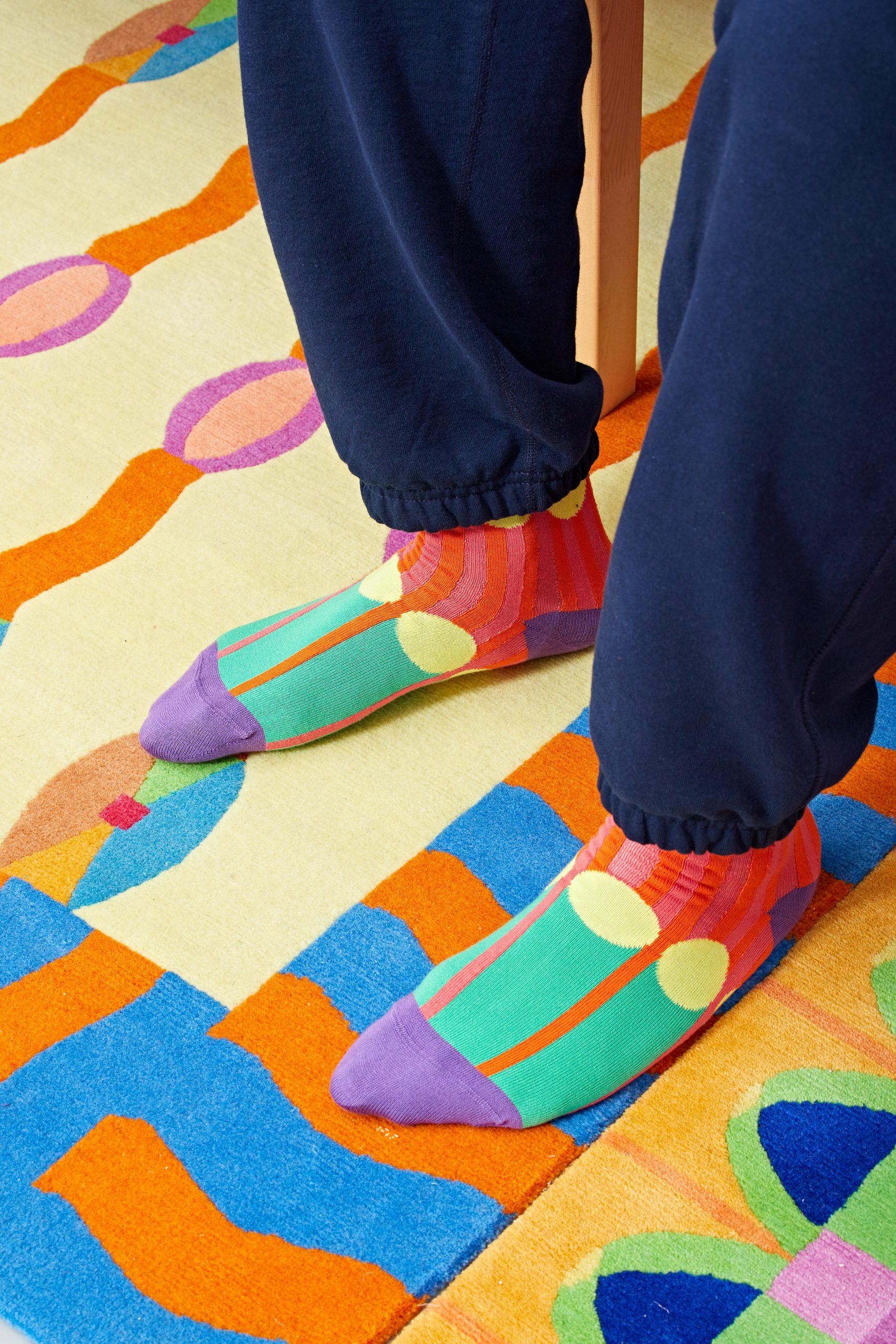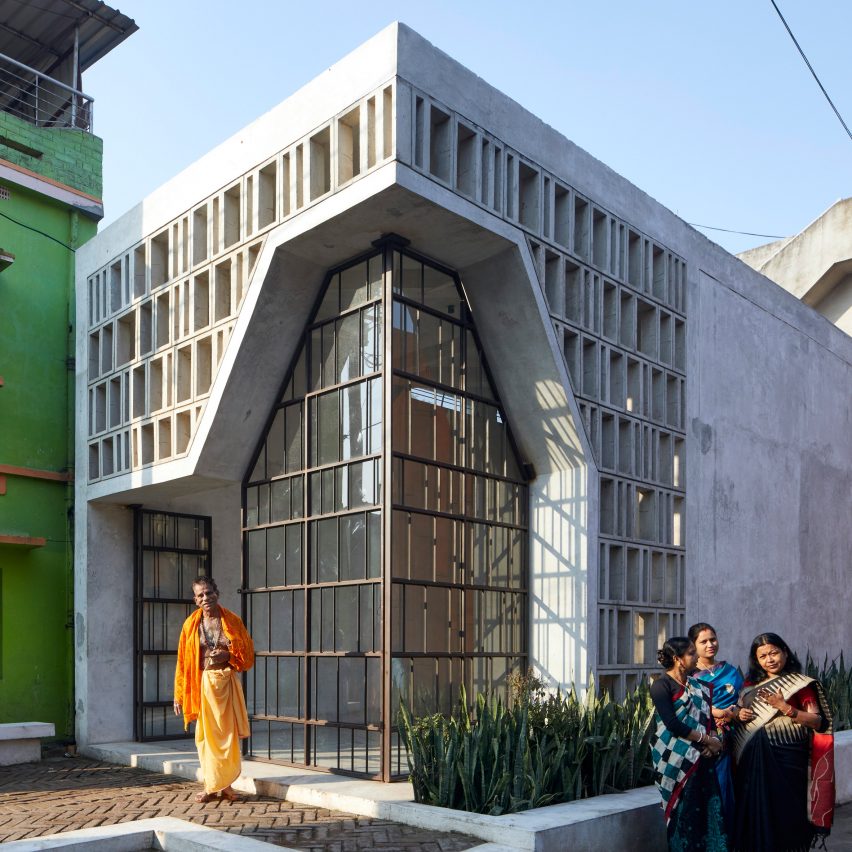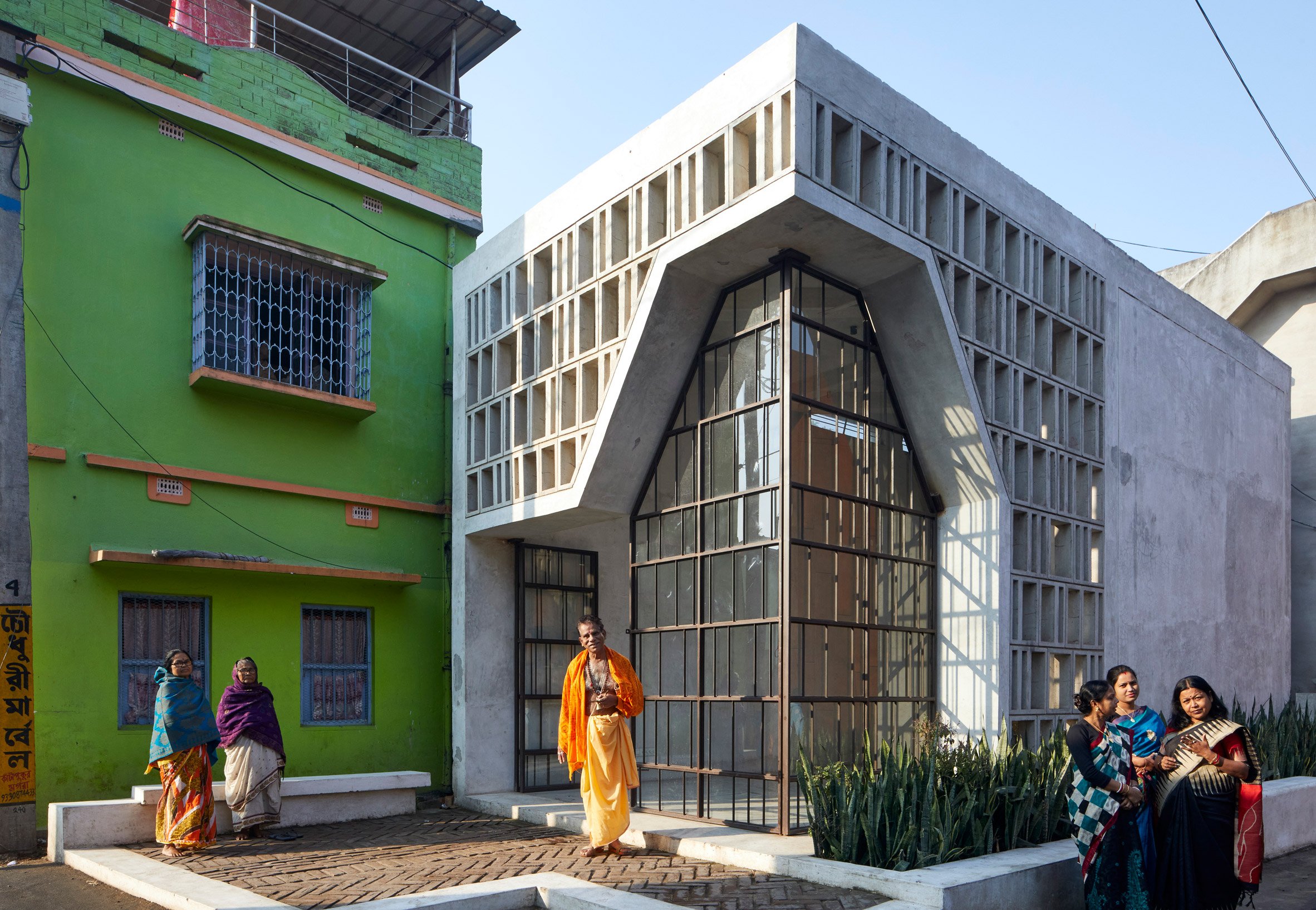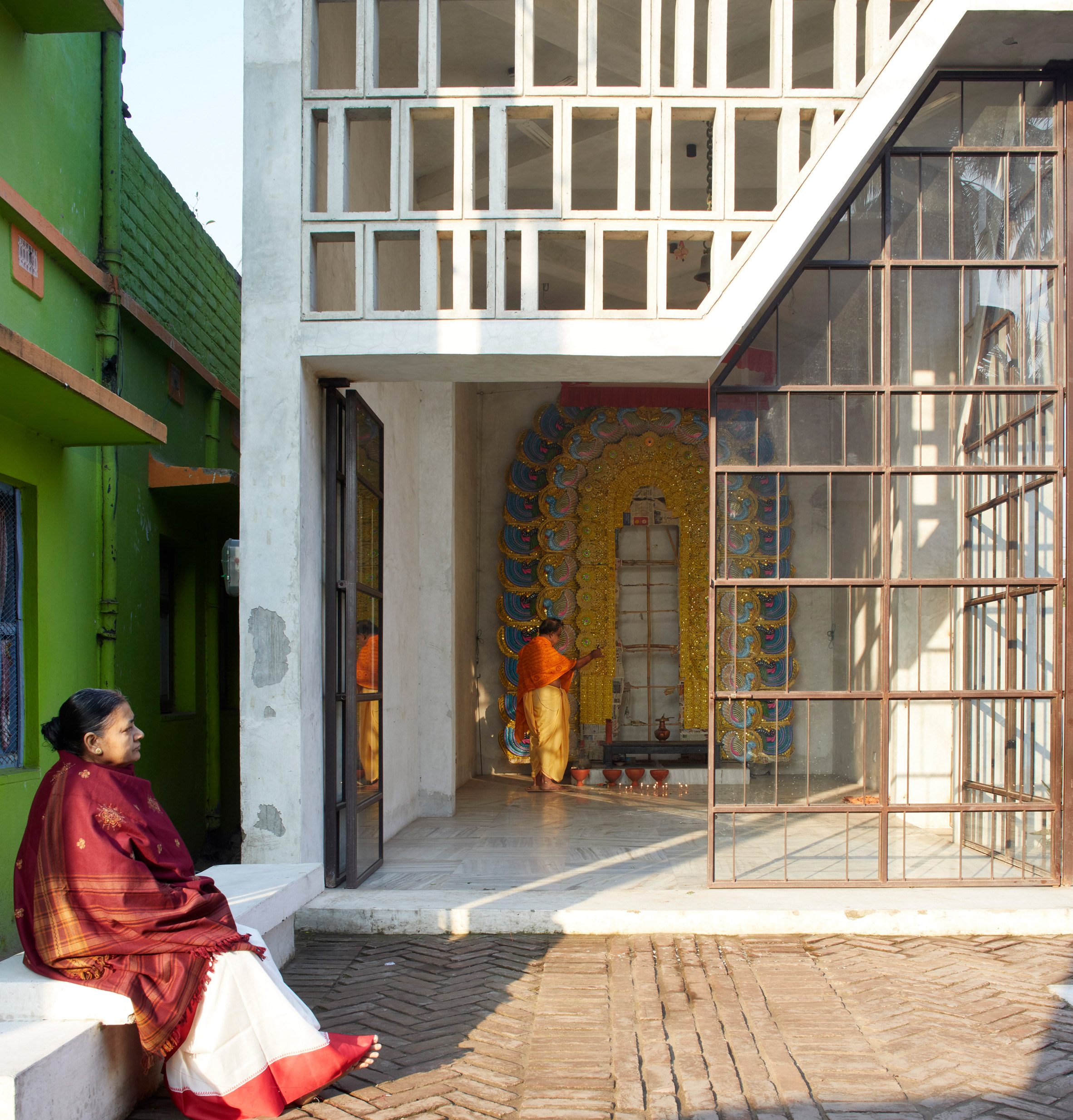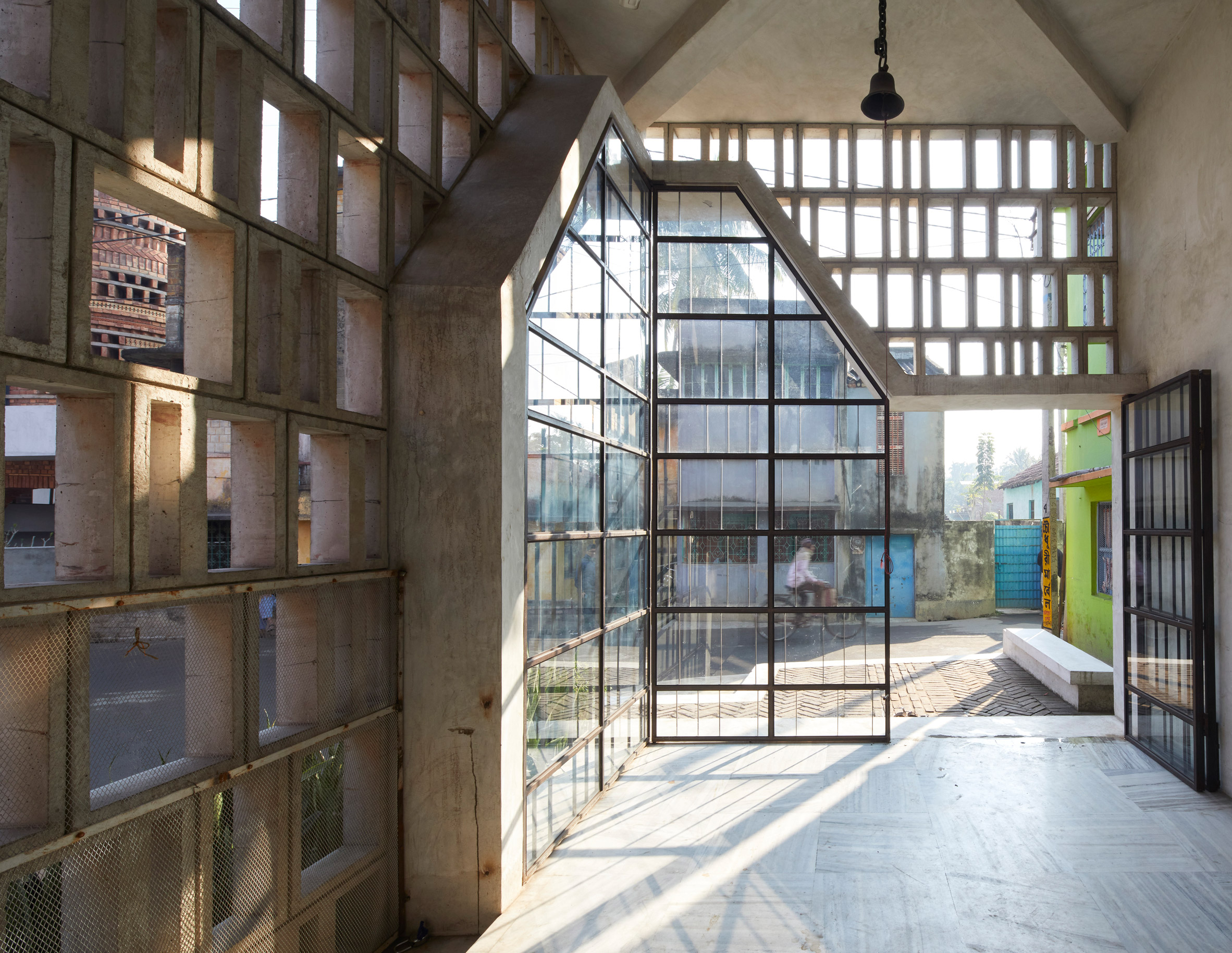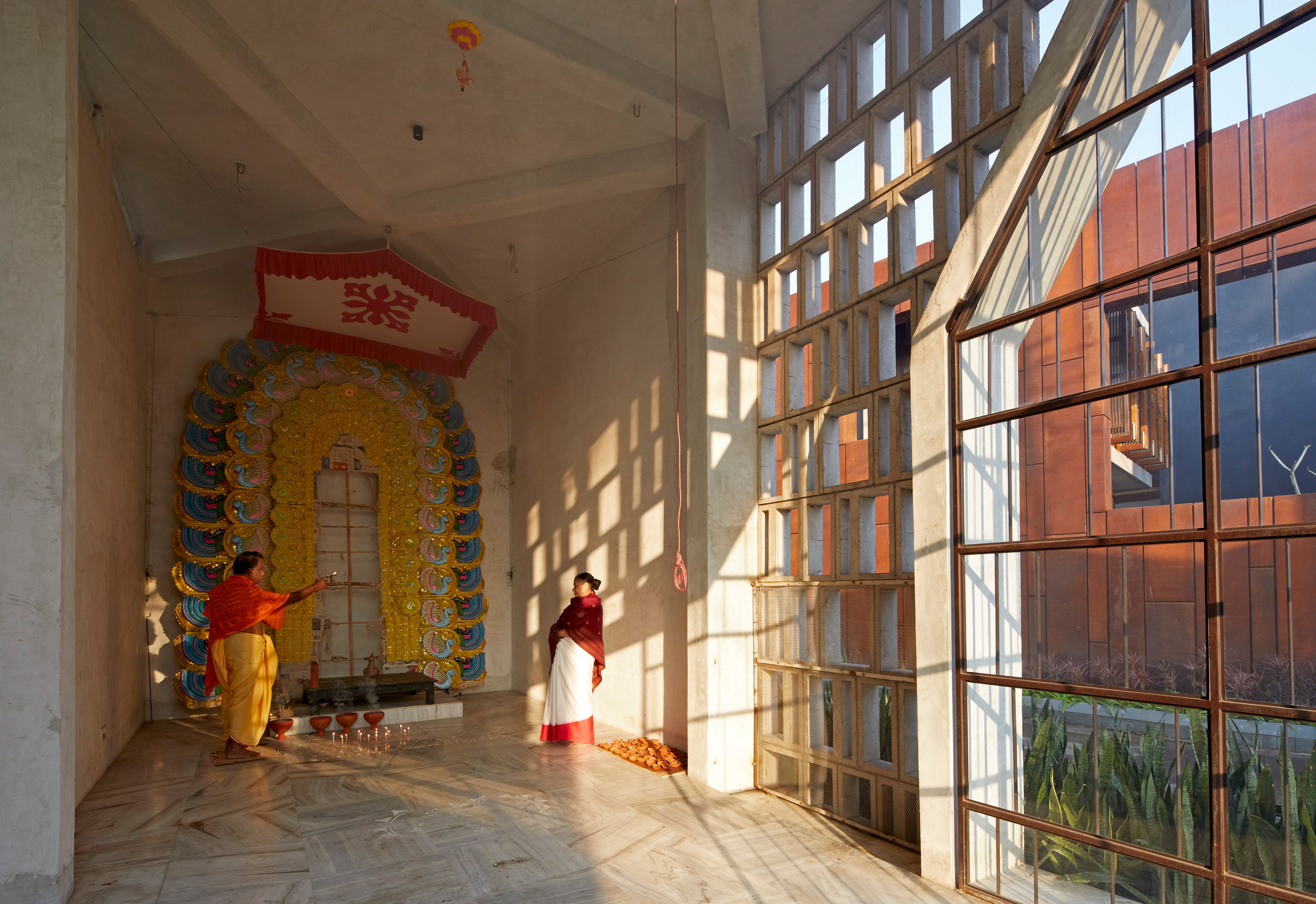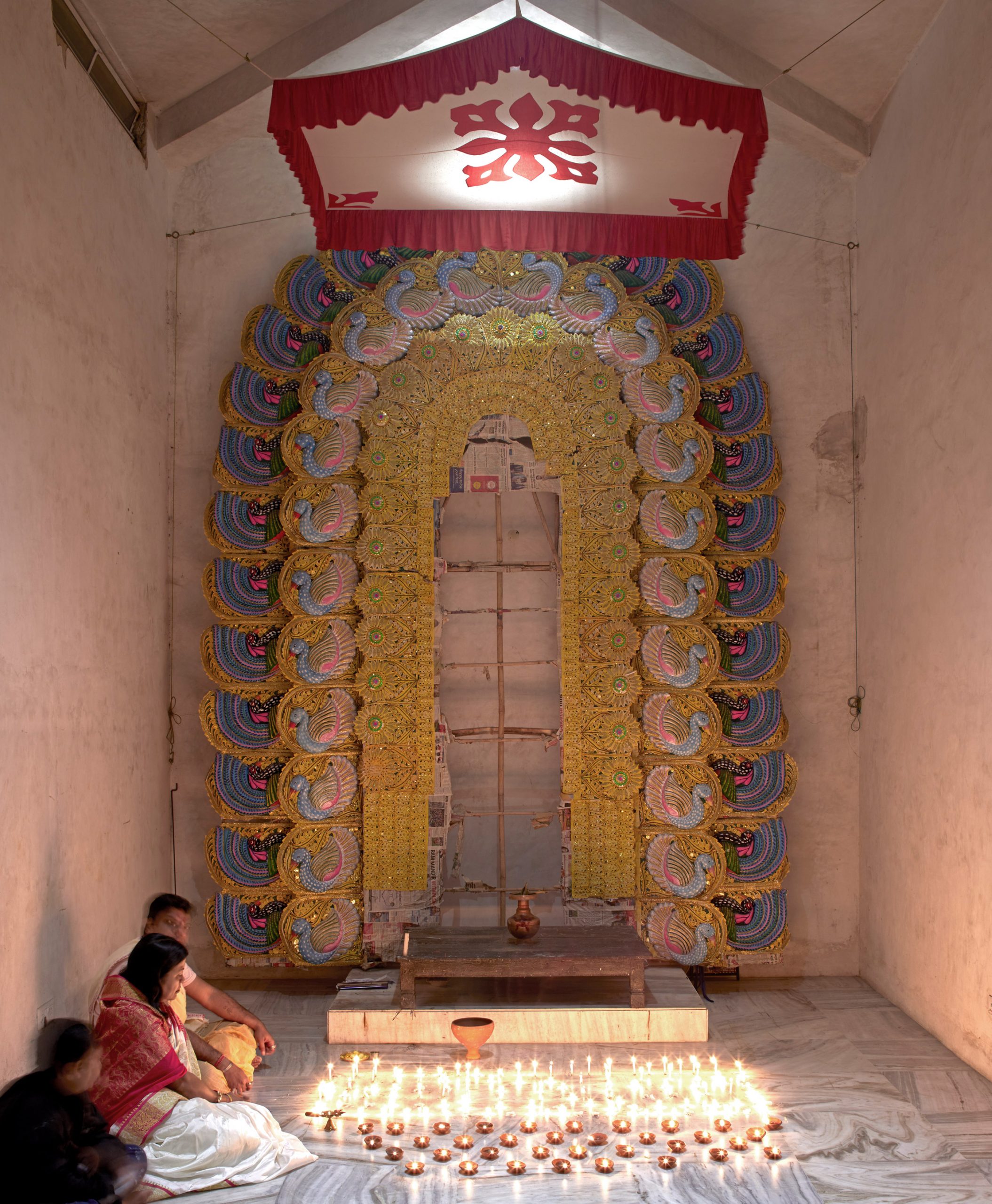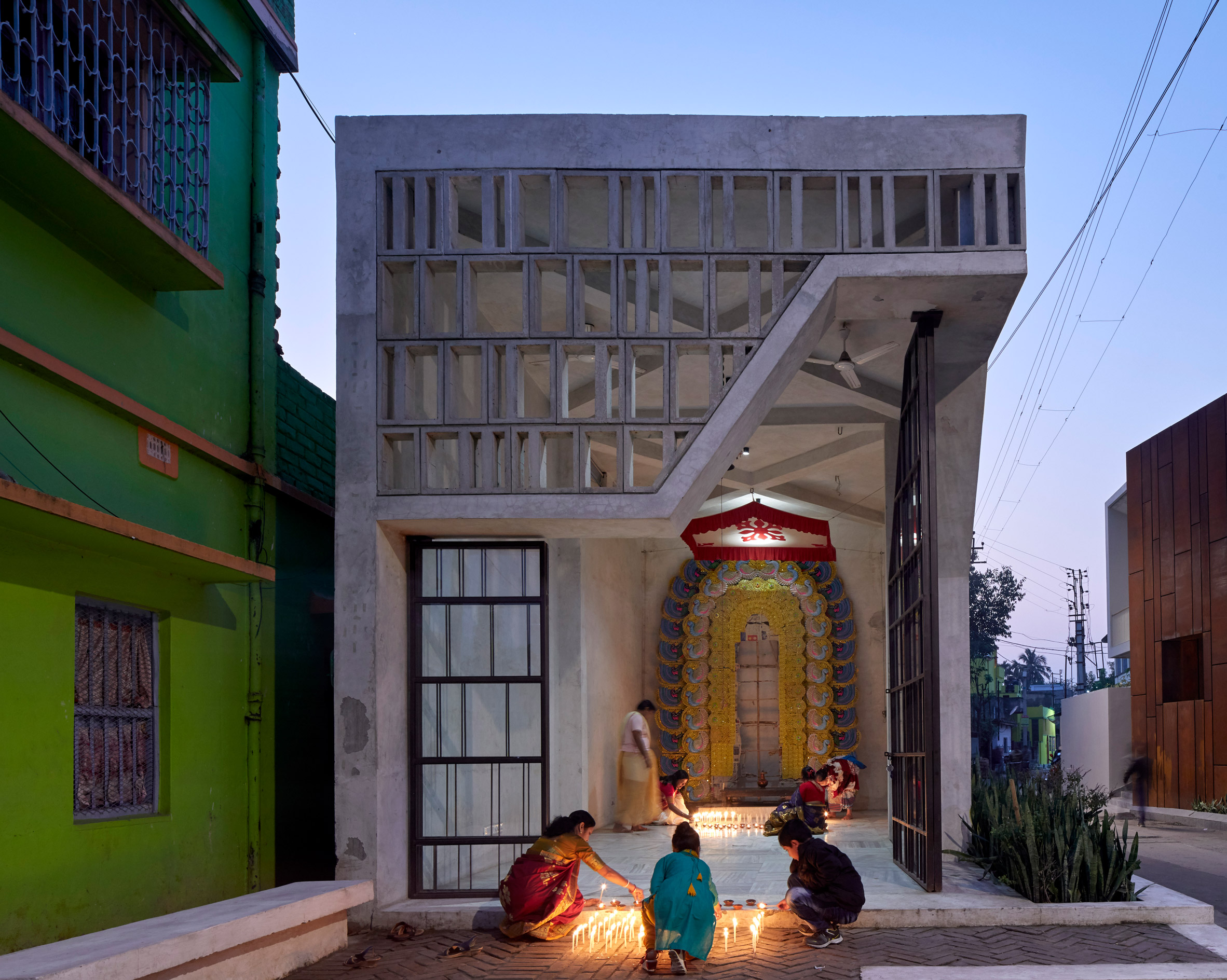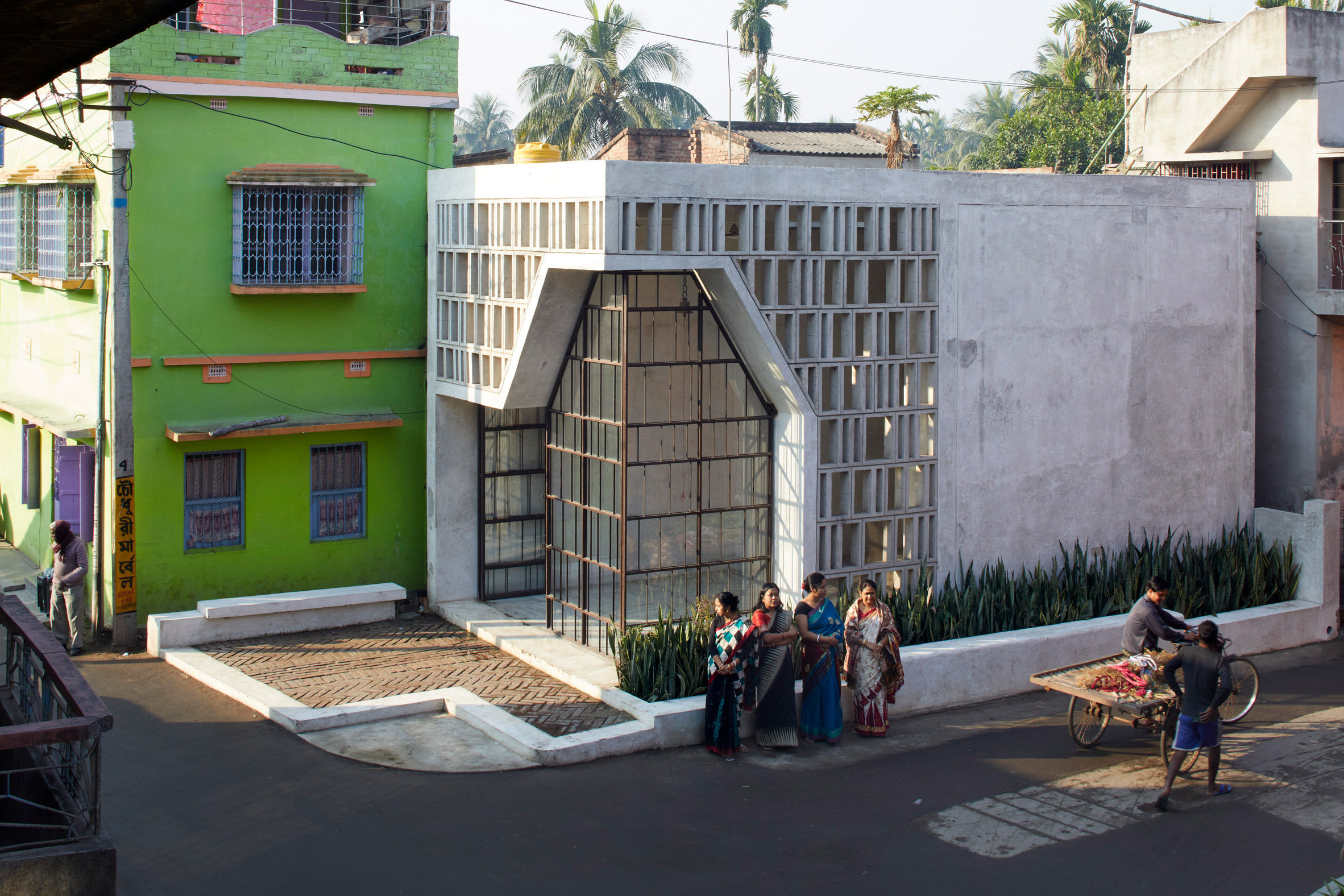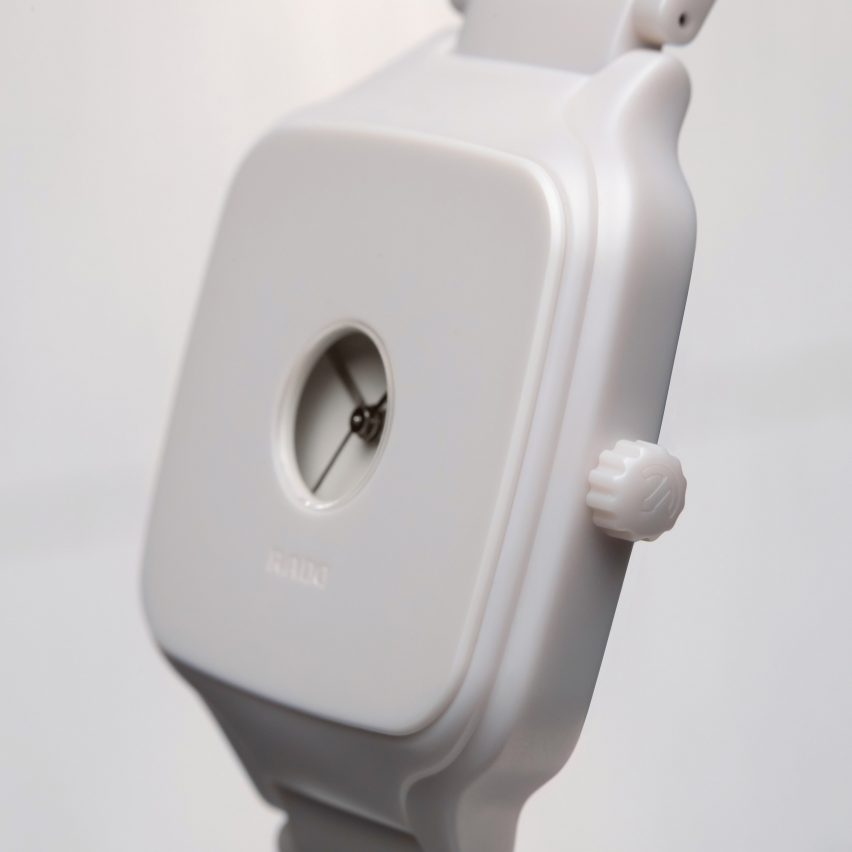
Rado Design Week continues with the launch of a special edition of Rado's True Square watch by Formafantasma, which the Italian design duo explain references traditional pocket watches in this exclusive video by Dezeen.
Andrea Trimarchi and Simone Farresin, the Italian duo behind Formafantasma, have designed a minimal version of Rado's True Square timepiece that features a small opening on the front to tell the time.
Called True Square Formafantasma, the watch revives a design feature of many traditional pocket watches, which feature a small window on the front of the case so the time can be viewed without opening it.

"We were inspired by traditional pocket watches and closed watches so our design is a modern take on this historic tradition," Trimarchi said in the video.
The monochrome watch's dials sit behind a small window that floats in the middle of the True Square's watch face, which blends into the linked strap of the watch.
The designers worked with Rado to develop their watch design using the brand's injection moulding technology and signature high-tech ceramic material.
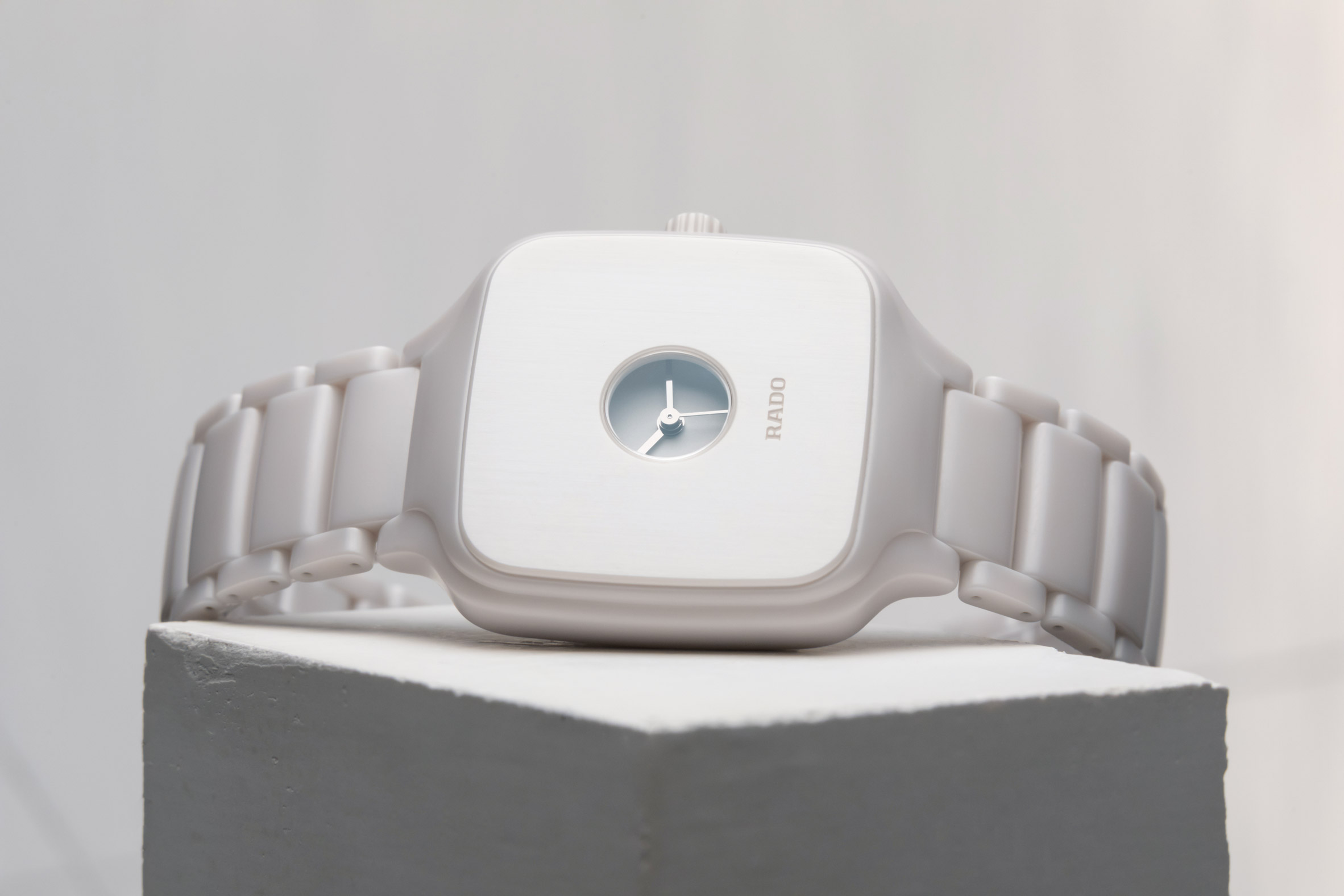
"Working with Rado was engaging because the level of expertise in watchmaking is obviously excellent," Farresin said in the video. "There is a clear understanding of the potentials of design."
Trimarchi and Farresin founded Formafantasma in 2009 after graduating from Design Academy Eindhoven in 2009.
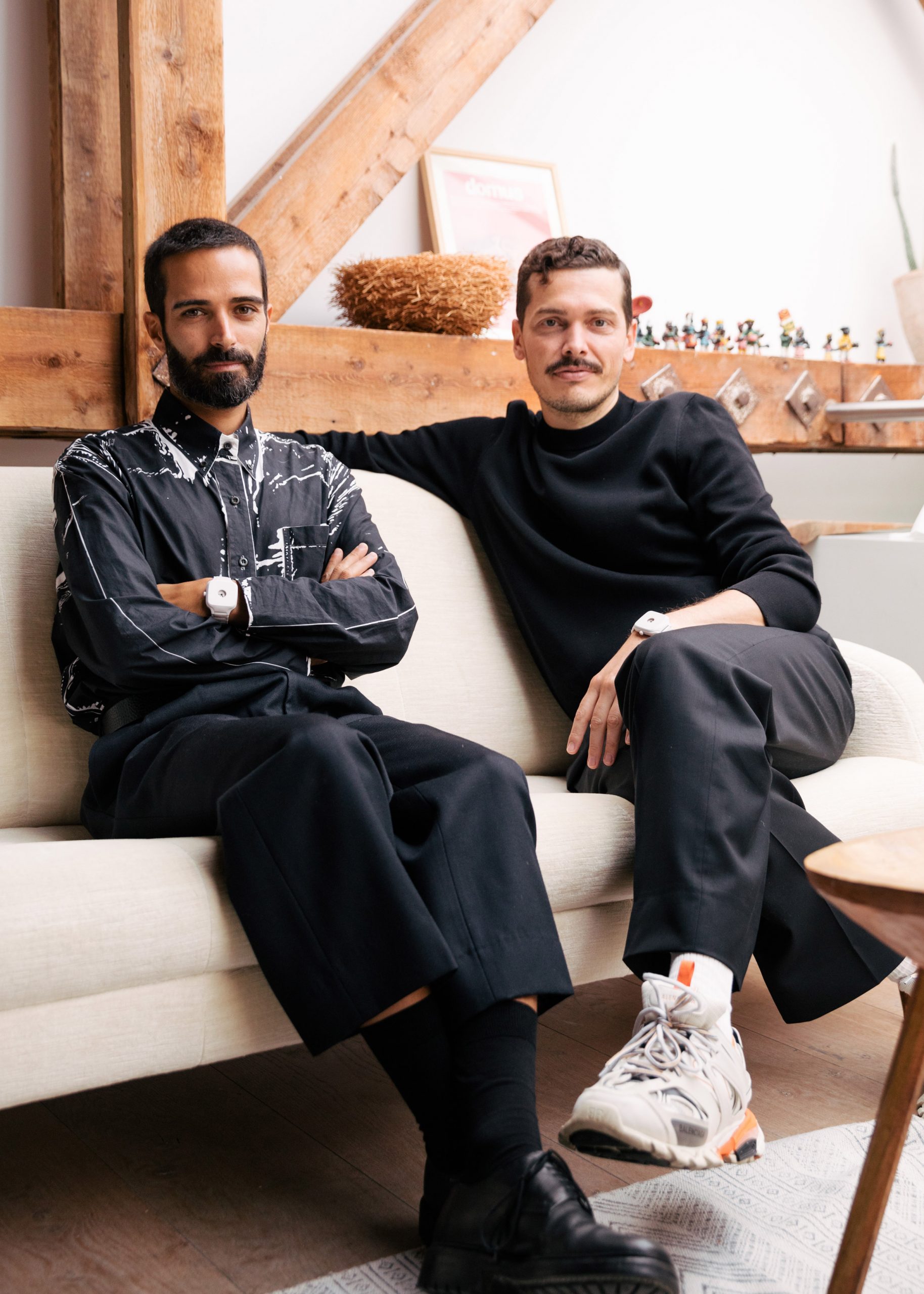
Their work often investigates materials through their historical context and attempts to act as a bridge between their research-based practice and the wider design industry.
The pair have recently curated a research-focused exhibition at the Serpentine Sackler Gallery in London investigating the global impact of the forestry industry and in 2019 they designed a collection of tiles glazed with volcanic ash.
The duo also recently won Designer of the Year at the 2020 Dezeen Awards.
Trimarchi and Farresin will be speaking about the watch to Dezeen founder Marcus Fairs and Rado's CEO Adrian Bosshard and its vice president of product development Hakim El Kadiri, in a live talk at 4:00pm London time today as part of Rado Design Week.
Formafantasma's True Square watch is one of four watches by a roster of global designers that will be revealed during Rado Design Week, a week-long collaboration between the Swiss watch brand and Dezeen.
Dezeen will publish exclusive videos revealing special editions of Rado's True Square watch by designers Formafantasma, Tej Chauhan and Thukral & Tagra, followed by a live conversation with each of the designers. Click here to check out the schedule.
The post Formafantasma watch for Rado is a "modern take on a historic tradition" appeared first on Dezeen.
from Dezeen https://ift.tt/3mthhk9

